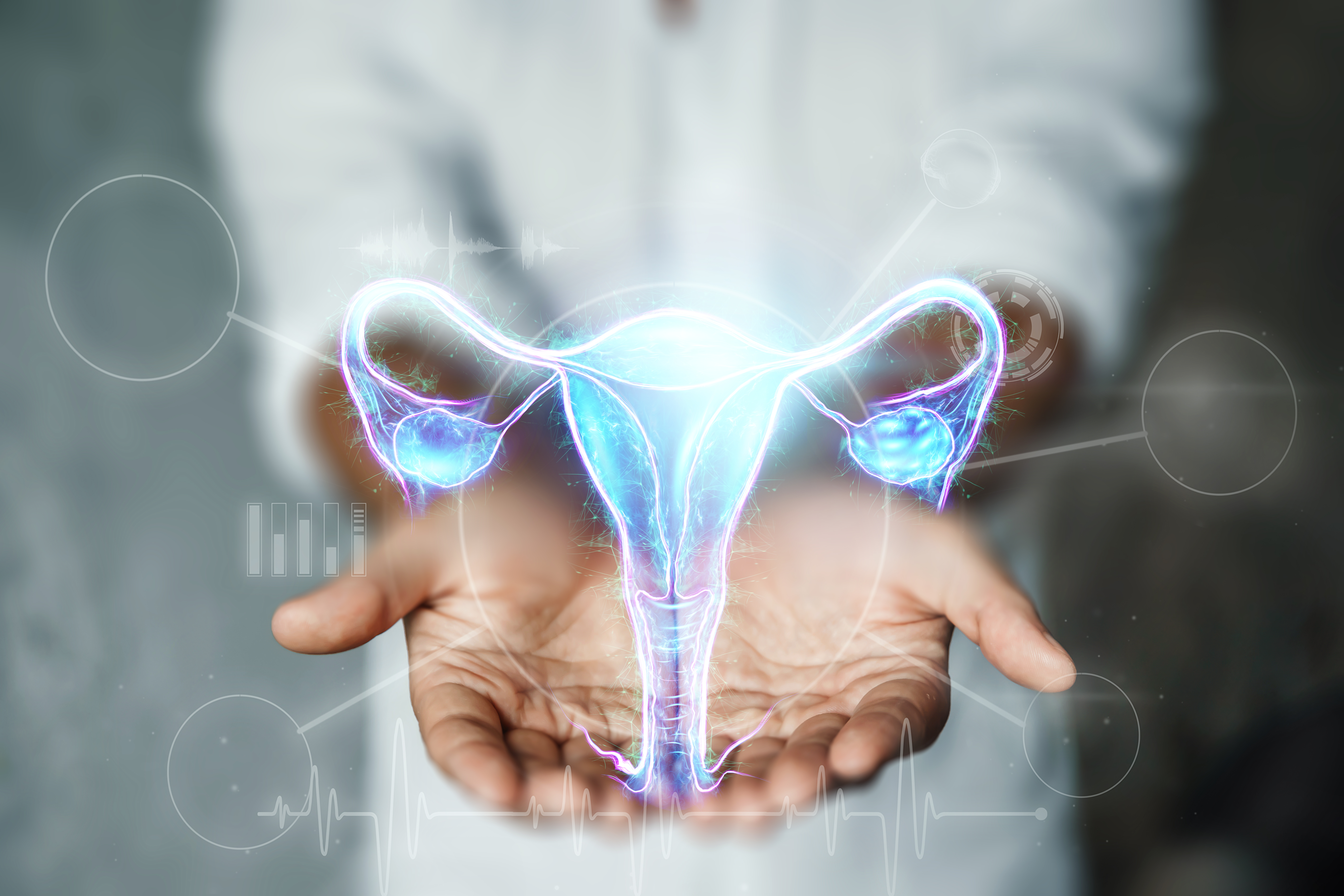What is the dermoid cyst of the ovary and how it is treated?

تاريخ النشر : 01-09-2023
تحديث في : 01-09-2023
الموضوع: أمراض النساء
الوقت المقدر للقراءة : 1 min
Dermoid cyst is a benign tumor that is quite common in women between the ages of 16 and 55. It is generally found in one or both ovaries, single or multiple, but can also be located in other parts of the body.
How to recognize it, what are the symptoms, and how does removal surgery take place? Dr. Giada Almirante, Gynecologist at the Unit of Gynecology and Obstetrics at IRCCS Ospedale San Raffaele, directed by Professor Massimo Candiani, answers.
What is a dermoid cyst on the ovary?
A dermoid cyst is a benign tumor (called a teratoma) that originates from embryonic tissues and specifically germ cells. These cells have stem cell-like growth potential, with the ability to differentiate into different structures and different tissue types.
Teratoma may contain tissues and organs such as muscle, bone, fatty tissue, nail, hair, teeth, cartilage, hair, sebaceous and sweat glands, eye and brain sketches.
Teratomas are divided into:
- immature: with a disordered structure, which rarely evolve malignantly, but grow quickly and reach a fair size in a short time causing compression to adjacent organs and therefore pain;
- mature: with a structure characterized by more complete tissues and organs (skin, hair, teeth, muscle and nerve tissue), with slow growth and are normally asymptomatic;
- with malignant transformation, a rare form (3% of all teratomas).
What is it caused by?
The causes of dermoid cysts are still not entirely clear, although a genetic alteration at the stem cell level would seem to play a role.
In addition to the ovaries, dermoid cysts can also affect other districts, such as the kidney, testis, and nervous system.
In most cases, dermoid cysts affect only one ovary, but, in 25% of cases, they can also be bilateral.
Symptomsi
In most cases and early forms, teratomas are asymptomatic; however, as the size of the neoformation increases, symptoms related to compression of the mass against surrounding tissues and organs may be present. In some cases, there may also be ovarian torsion resulting in excruciating pelvic-abdominal pain.
In some cases, however, they can also determine:
- mild pelvic pain;
- menstrual irregularities;
- blood loss;
- dyspareunia.
How to diagnose
Diagnosis is made by transvaginal ultrasound. MRI and computed tomography can complete the diagnostic picture.
When is intervention needed and how does it occur?
Even with small cysts, surgery, which consists of laparoscopy, is always indicated. This is a minimally invasive procedure that does not require opening of the abdominal cavity, only small accesses at the umbilical level and lower abdominal quadrants of about 0.5-1cm.
The technique involves enucleation of the cyst itself with preservation of ovarian tissue and therefore preservation of fertility, except in cases where the evolution of the cyst is malignant and therefore unilateral adnexiectomy is indicated.
The surgery is performed with a 1-day hospitalization, having to perform general anesthesia.
The average duration of the procedure is about 30 minutes. Normally, recovery is in a very short time, however, a rest of 10-15 days is recommended, after which you can resume all your activities.
Are there other possible treatment options?
In the rare case where the cyst evolves into teratoblastoma or in the case of immature teratoma, treatment also includes chemotherapy.

